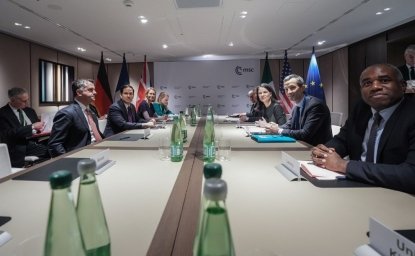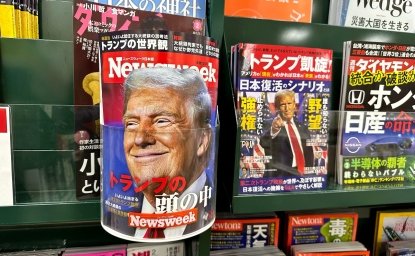Jane Harman Assesses President's State of the Union
Wilson Center President and former member of Congress Jane Harman shares her reaction to President Barack Obama's State of the Union address.
Wilson Center President and former member of Congress Jane Harman shares her reaction to President Barack Obama's State of the Union address.
As presidential speeches go, State of the Union addresses have not been among the most memorable. When historians recall great presidential speeches, they think of Lincoln at Gettysburg or JFK's Inaugural Address and would be hard pressed to recall a State of the Union moment of similar consequence. Memorable or not, the report is mandated by The Constitution, which requires that the president "shall from time to time give to the Congress information of the state of the union, and recommend to their consideration such measures as he shall judge necessary and expedient."
On the way to becoming an annual event, complete with major prime time media coverage, the ways in which presidents have interpreted and responded to that provision have evolved unevenly over time. George Washington gave the first State of the Union address on Jan. 8, 1790. He did so in person before a joint session. But Thomas Jefferson submitted his messages in writing. In fact that was the standard between 1801 and 1913.
As the importance of mass media grew, Woodrow Wilson restored the in-person tradition in 1913. Calvin Coolidge became the first president to have his speech broadcast on the radio in 1923, and with the advent of the television age, Harry Truman became the first to deliver a televised address in January of 1947. It was FDR who is usually credited with naming the speech the "State of the Union address." With all of this rich history behind him, and many election year challenges ahead, Barack Obama stepped to the podium this week for what some have suggested was an opportunity to "reset" his presidency.
For the first time in many years, Wilson Center President and former Congresswoman, Jane Harman, watched the annual speech from outside the chambers of Congress. We asked her about her impressions of the speech from her new vantage point and also about the possibility of more cooperation between the executive and legislative branches in the coming months.
Jane Harman is Director, President and CEO, of the Woodrow Wilson International Center for Scholars. Representing the aerospace center of California during nine terms in Congress, she served on all major security committees: six years on Armed Services, eight years on Intelligence and four on Homeland Security. She is recognized as a national expert at the nexus of security and public policy issues. She is a member of the Defense Policy Board, State Department Foreign Policy Board, CIA External Advisory Board, the Director of National Intelligence’s Senior Advisory Group, and is a Trustee of the Aspen Institute and the University of Southern California.


